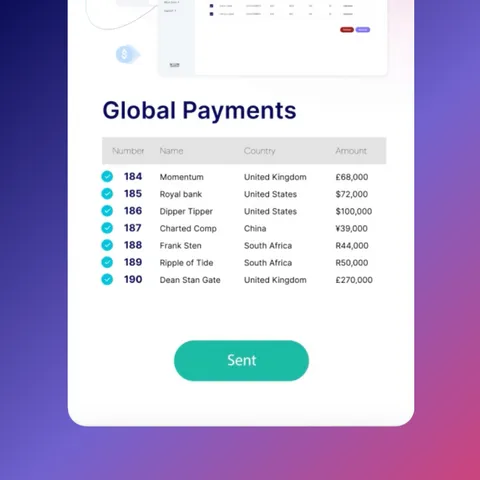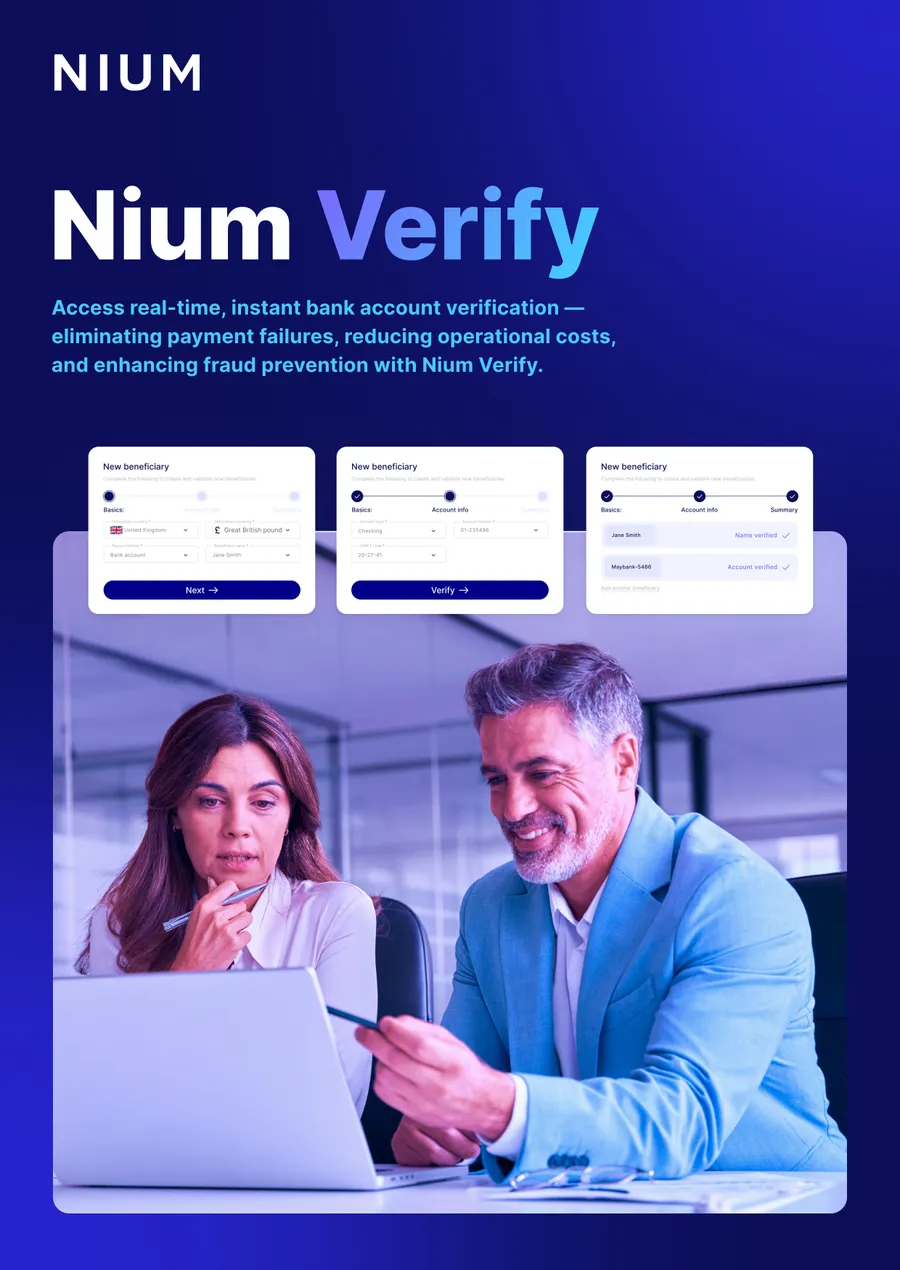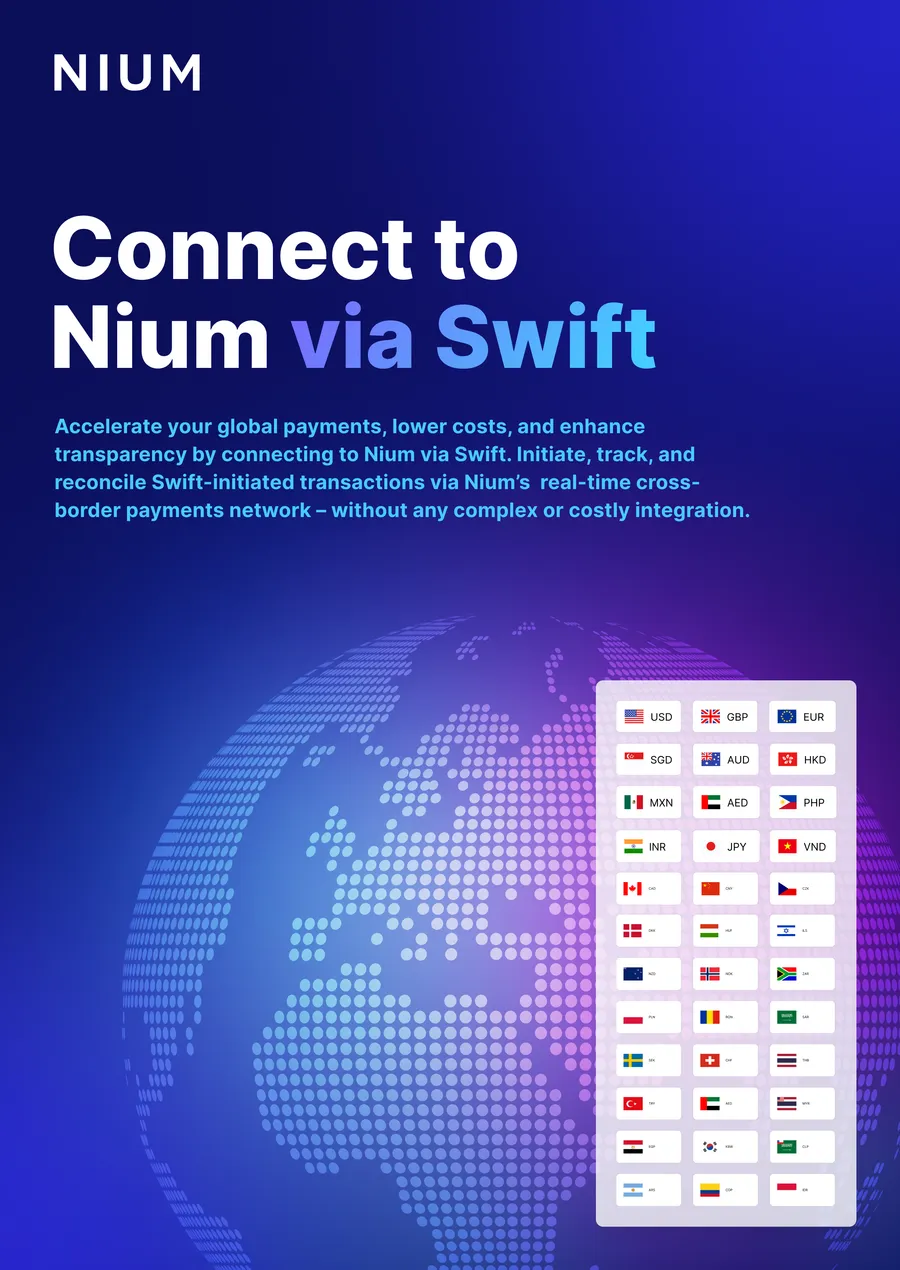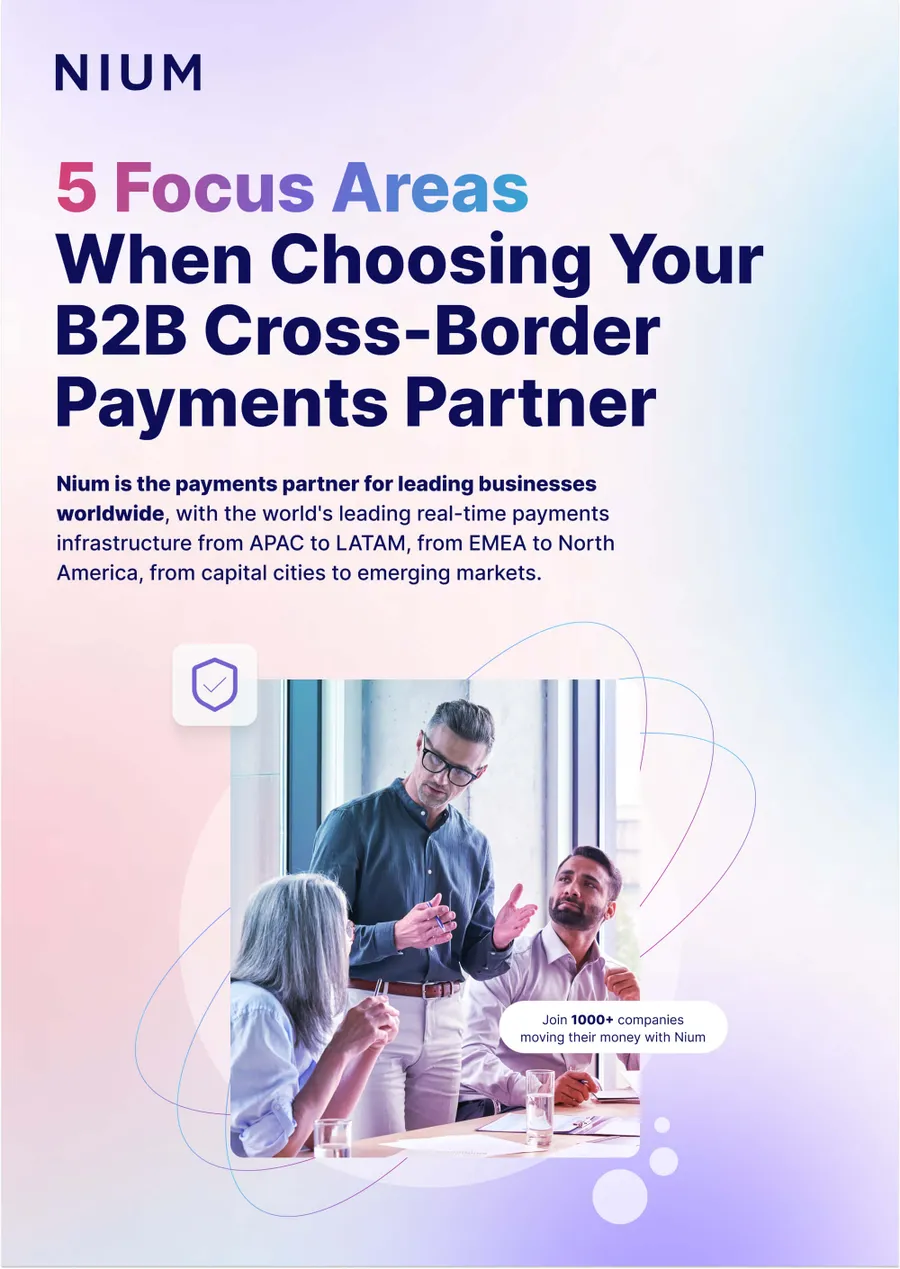Latin America is one of the world’s premier growth markets. According to the World Bank, after a 6.9% rebound in 2021, the regional Gross Domestic Product (GDP) of Latin America and the Caribbean is expected to grow by 3% in 2022, a higher rate than expected due to higher commodity prices and ahead of the United States. To access these opportunities, however, companies need flexible local payment acceptance methods for a highly fragmented market.
The growth of e-commerce, gig platforms, and the creator economy has created a network of opportunities for entrepreneurs and individuals. Analysts predict a 25% growth in e-commerce volume between 2021 and 2025, with a projected value of more than US$700 billion.
Meanwhile, 140 million Latin Americans—approximately 55% of the region’s population—work informally, often through gig platforms.
For international businesses, this creates an increasingly valuable pool of talent, services and consumers, but this also brings new challenges. Traditional banking infrastructure in this region lacks robust connections with international markets – engaging, collaborating with and paying this market will require a new approach to money movement that can connect the fragmented local payments market.
Understanding the Latin American payment landscape
Across this diverse region, traditional banking infrastructure has seen uneven adoption and promotion. The presence of a large informal economy, mistrust of incumbent economic systems, and skepticism of the high fees and interest rates of debit and credit cards mean that 45% of the region remain unbanked, according to the World Bank.
This region covers a diverse range of payment systems and infrastructure from country to country. With 20 countries in Latin America owning their own set of regulations and infrastructure, a lack of standardization has made it difficult for payment systems to be adopted and used consistently across the region. However, the rise of digital payments has created opportunities for new levels of financial inclusion, driving rapid adoption.
By 2025, alternative payment methods in Latin America, such as virtual wallets and bank transfers will reach an e-commerce turnover of US$138 billion. Local schemes, such as PIX in Brazil, have seen significant growth, with forecasts that PIX will cover 23% of 2022 e-commerce sales in Brazil. While these solutions create huge value for local consumers and businesses, they pose challenges when it comes to local payment acceptance.
Doing business in LATAM
Engaging with new business opportunities in Latin America requires the ability to efficiently move funds in and out of the region, and within local networks. However, financial links within this market can be slow and inefficient.
While many institutions have good offerings for pay outs in the E.U. or U.S., sending and receiving payments to Latin America can be complicated and slow, lacking transparency and control, and relying on expensive patchworks of providers, if they exist at all.
Moreover, traditional payment networks are increasingly out of step with the real needs of local users, who want fast, low-cost, reliable methods. Businesses looking to make the most of the growth opportunities in this region need the ability to provide and process alternative payment types, such as virtual cards, app-based payments and alternative currencies.
The challenge is that while the solutions that have grown in popularity in recent years offer clear advantages for local users, such as lower fees, integration with local merchants, simple onboarding and light-touch credit checks, many businesses outside the region lack the tools to engage with these new payment methods when it comes to local payment acceptance.
Expanding opportunities in Latin America with Nium
Nium has worked with leading institutions across Latin America to build a reliable network of connections that open up access to this market in an efficient, fast, scalable solution for international businesses, through traditional and alternative channels.
Using a modular API suite, businesses can access fully compliant payment rails, with regulatory licenses and authorizations in over 40 countries enabling seamless payment acceptance regardless of geography. In addition to pay outs to LATAM countries like Mexico, Colombia, and Brazil, companies who integrate with Nium can:
- Pay out in more than 100 currencies to over 190 countries, 100 in real-time.
- Receive funds in 33 markets, including Southeast Asia, the U.K., Hong Kong, Singapore, Australia, India, and the U.S.
- Collect funds in local payments, holding in a virtual wallet and pay out in local currencies in 35 countries.
- Access physical and virtual card issuance in 34 countries, including Europe (SEPA), the U.K., Australia, and Singapore.
To find out more about how Nium powers the on-demand economy and helps businesses accelerate growth and connect with new customers, book a call with one of our payment experts today.






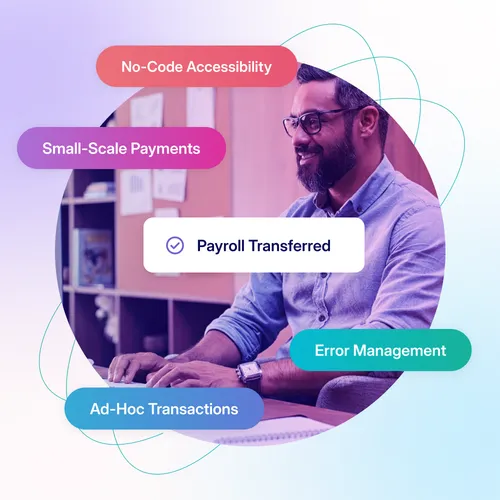
.png@webp)


